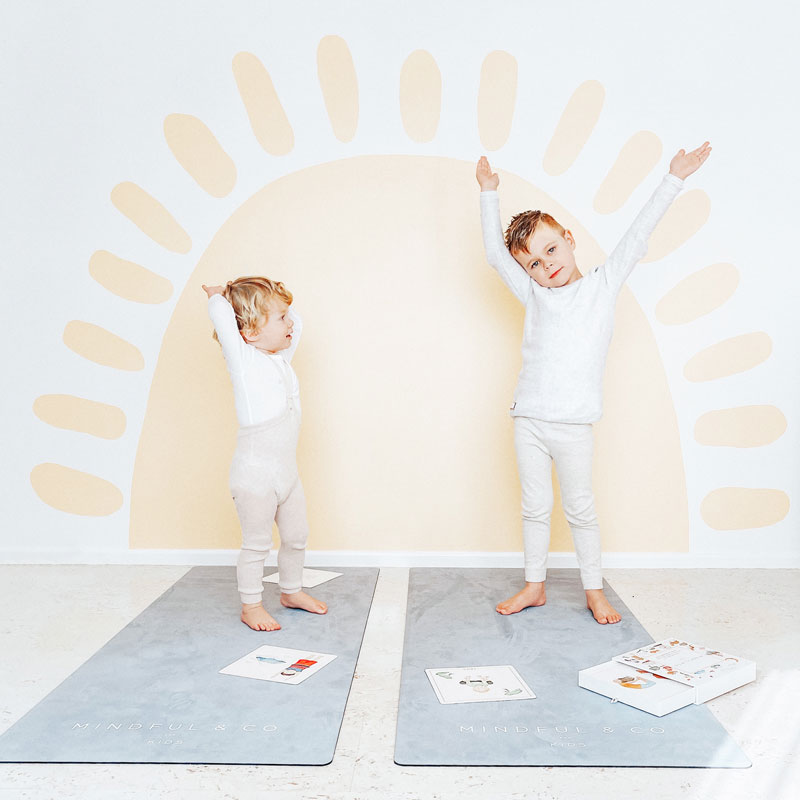Neurodiversity plays an important role in the dynamic world of child development. Children who suffer from disorders like ADHD or autism require environments that support their particular abilities and helps them thrive. The synergy between ADHD support toys, autism sensory toys, sensory integration toys, and mindfulness toys is what happens. By integrating these elements in the daily activities of children, caregivers and educators can design enriching and stimulating experiences that promote holistic growth. For more information, click Mindful toys for kids

ADHD Help for Children: Building Confidence and Focus
Children with ADHD may have difficulty focusing or controlling impulses. To be able to offer effective help it is essential to use strategies that engage their brains and respect their uniqueness. Mindful toys for children that are designed to promote mindfulness and calmness, can be instrumental in this journey. They provide a tactile experience to soothe restlessness and train children how to redirect their focus. Playing with mindfulness techniques can help to manage ADHD symptoms, and also teach youngsters valuable life skills like emotional regulation stress reduction, and management of stress.
Autism Sensory Play – Nurturing exploration and expression
Children with autism encounter sensory experiences that can be both stimulating and challenging. Autism sensory play involves creating an environment that stimulates the senses and supports the development of crucial abilities. Sensory integration devices play a significant role in this approach. They are made to stimulate multiple senses simultaneously to encourage sensory exploration along with coordination and cognitive development. Through auditory, tactile, and even visual interactions children gain a better understanding of the world around them and also communicate their experiences. When they embrace autism sensory play, caregivers empower children to communicate confidently, develop self-confidence, and communicate with others according to their own terms.
Sensory integration toys: building bridges for the child’s development
Sensory integration toys act as bridges to connect children to the world around them. They are available in a variety of sizes, shapes and textures to target various motor skills and senses. These toys allow children to be able to adjust and explore the sensory input. They also aid in developing sensors and processing abilities. The three main benefits of sensory toys are
1. Enhanced Sensory perception: Sensory integration toy exposes youngsters to different tactile, auditory, as well as visual stimuli. This exposure encourages their brains to absorb sensory information more effectively and improve their ability to respond to stimuli from everyday situations.
2. Improved Motor Skills: Many sensory toys require precise hand movements as well as fine motor skills and hand-eye coordination for manipulating. They aid children in developing their motor and dexterity and improve their physical control and confidence.
3. Multisensory toys stimulate a variety of brain regions simultaneously. This interaction contributes to cognitive development by strengthening neural connections and improving problem-solving and creativity.
Mindful Toys for Kids: Cultivating Calmness And Concentration
The concept of mindfulness is gaining traction because of its effect on our emotional well-being. Toys that promote mindfulness in children are designed to aid them in staying conscious and attentive. They typically include activities that require attention to detail, such as coloring, puzzles, or guided relaxation exercises. Through these activities kids learn to channel their attention and focus on the tasks at hand, while also developing the skills of concentration that will benefit both academically and socially.
When we look into the realm of ADHD support, autism sensory play and sensory integration toys and mindful toys for kids it’s crucial to recognize the holistic approach that emerges out of their interconnection. They aren’t able to function as a set; rather, they are a unified strategy for addressing the various demands of children with neurological disorders. Parents can create an environment where cognitive, emotional and sensory needs are fulfilled through conscious activities and sensory games in their daily routines.
The path to helping children suffering from ADHD and Autism involves embracing the unique strengths and challenges of each child. By integrating sensory play, sensory-integration toys, and mindfulness techniques, teachers and parents can create a space that encourages development at multiple levels. Every component that is involved, whether it’s encouraging self-expression, enhancing the ability to process sensory information, or increasing mindfulness and mindfulness, is a part of an integrated approach to child development. Unlocking the potential of these strategies will pave the pathway to a better life for all kids regardless of their neurodiversity.